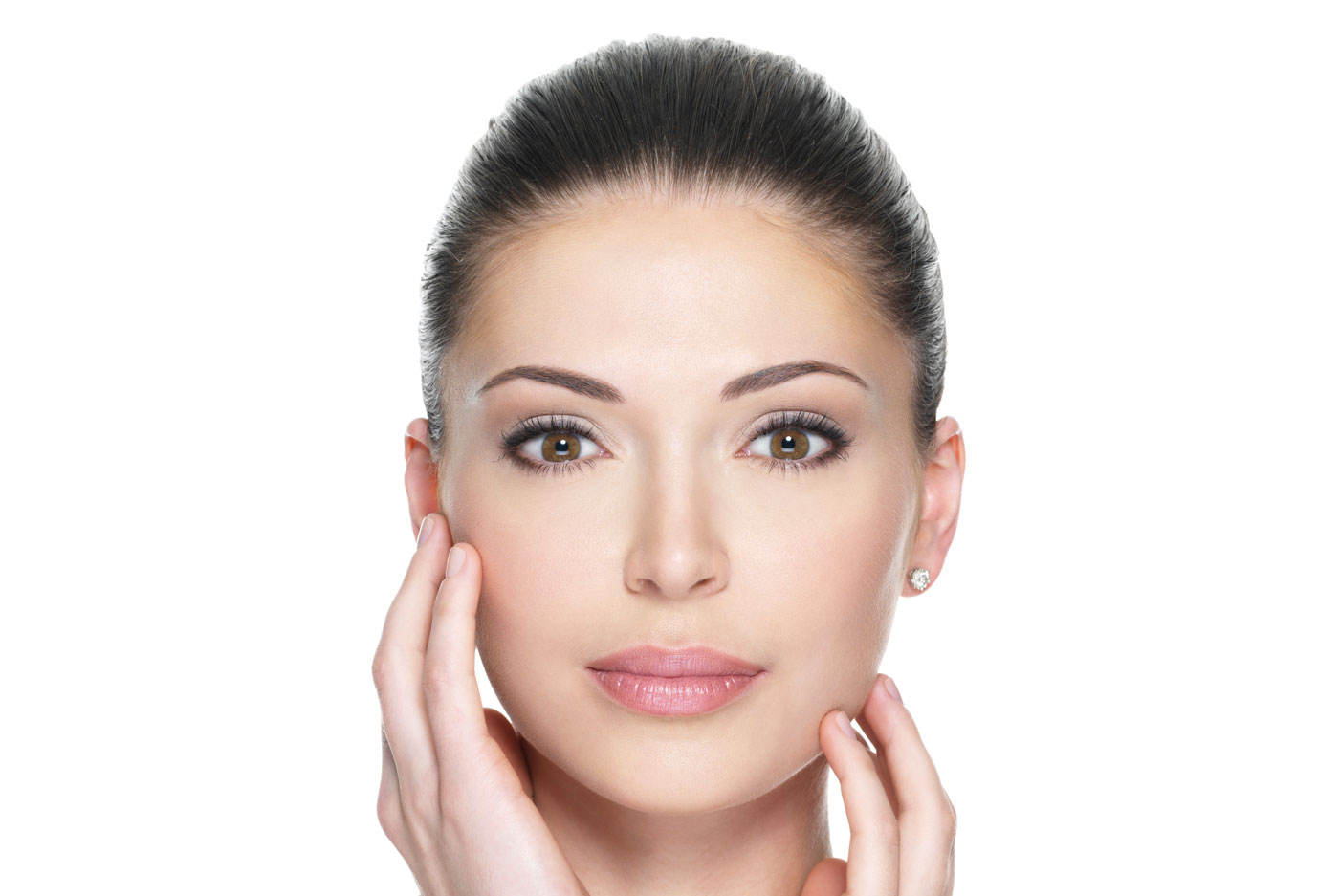Love it or hate it, the Dove ‘Real Beauty’ campaign started an important conversation when it launched in 2004: we need to be aware of the unrealistic and unattainable ideals of physical beauty shown in the media. And 10 years later, the conversation (and the Real Beauty campaign) is still going strong. The now famous Dove ‘Evolution’ video (shown below) “went viral before ‘viral’ was even a thing”1 and Dove’s more recent ‘Camera Shy’ TV spot is also racking up views on YouTube.
As advertising professionals, we know that at the core of every successful campaign is a consumer insight. For Dove, it was something that came up in their research: only 2% of the women interviewed saw themselves as beautiful.2 So, can you actually sell more product by trying to make people feel good about themselves, versus making them feel inadequate? We can safely assume that Dove has, especially since they are still using the campaign. But what’s really fascinating about the “Real Beauty” campaign is the ripple effect it’s had over the last decade. Much like the shows The Real World and Survivor brought “Reality TV” to the North American mainstream, inspiring a surge of so many different reality shows that the Emmy® Awards had to add a ‘Reality Series’ category, it would seem that ‘Real Beauty’ has also sparked a very real trend in advertising and art.
“Realness” is more in fashion than ever.
British department store Debenhams recently used “real looking” models of various sizes in their catalogue – even including models with missing and prosthetic limbs. The results were so refreshingly striking that the photos went viral via Upworthy’s post about it. And Aerie, a lingerie line especially popular with teens, also made headlines on sites like Buzzfeed when they stopped digitally enhancing their models. And the trend towards realness is slowly making its way into stores as well: Swedish store Athlens has started using real-sized mannequins that “actually represent the sizes of a normal human female.”3 But perhaps the most groundbreaking are the custom-made mannequins displayed in Zurich, Switzerland’s Bahnhofstrasse shopping district, part of the Pro Infirmis campaign for acceptance of people with disabilities:
“Realness” makes for some intriguing art, too.
After having her face Photoshopped by nearly 40 artists in 25 different countries, asking them only to “Make me beautiful,” journalist Esther Honig’s ‘Before & After’ experiment reveals that the standards of beauty definitely vary across countries and cultures. Photographer Howard Schatz’s book ‘Athlete,’ which features 125 Olympic athlete portraits, dispels the myth that there is one “perfect” athletic body, as it shows a strikingly broad range of physiques. And in one of the most viral music videos ever, Hungarian singer-songwriter Boggie is shown being Photoshopped to look more “perfect” as she is singing:
One thing we know about this trend towards realness and questioning the standards of beauty: it’s probably good for all of us. Instead of trying cram ourselves into a tiny, impossibly perfect box, we are celebrating what makes us all unique and irreplaceable. And that’s a beautiful thing.

